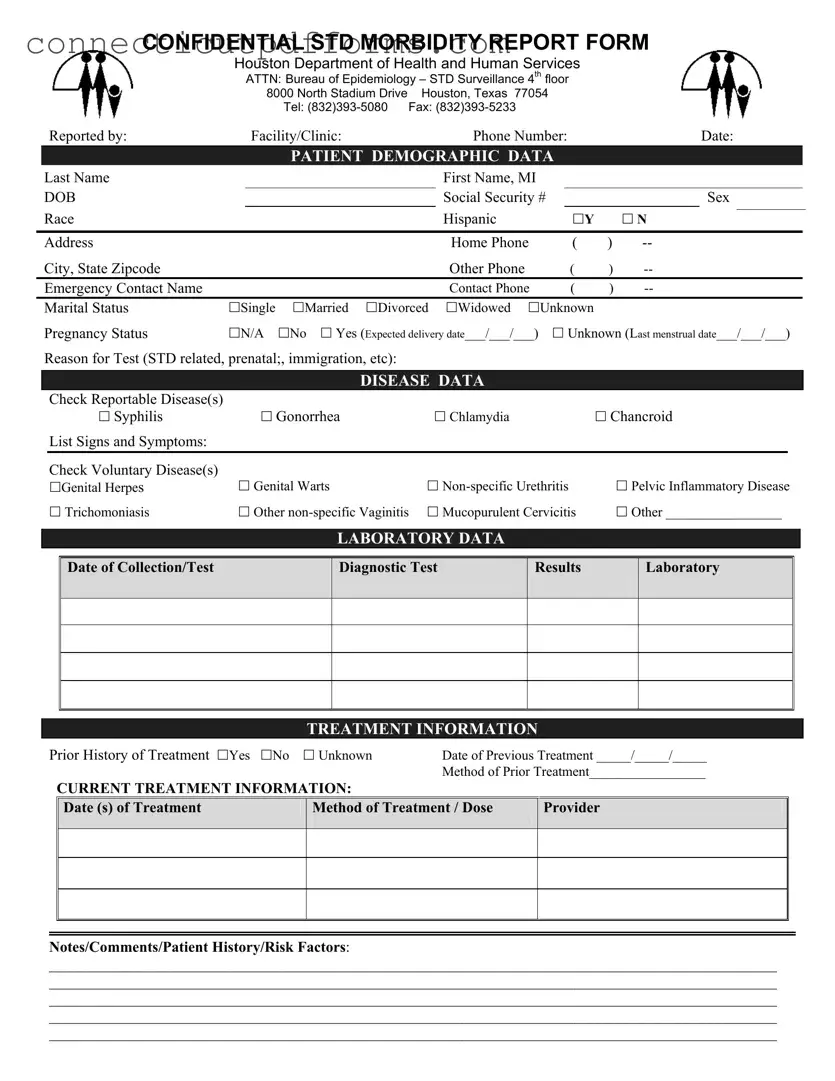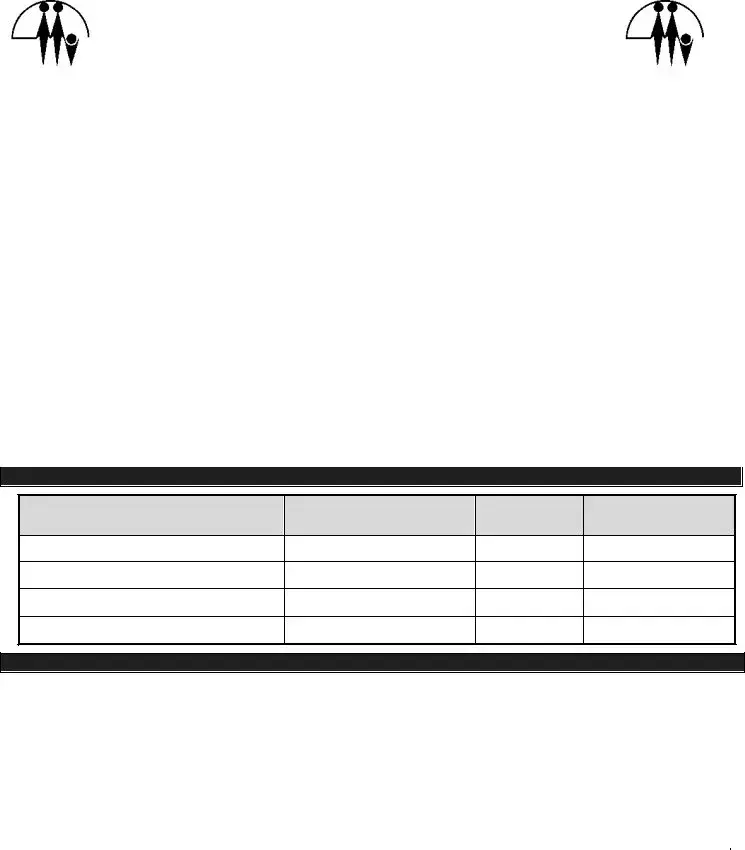Filling out the Connecticut UC-2 form can be straightforward, but several common mistakes can lead to delays or complications. Understanding these pitfalls can help ensure that the form is completed accurately.
One frequent error is leaving out patient demographic data. It’s essential to fill in all sections, including the patient’s last name, first name, and date of birth. Omitting this information can cause confusion and delay processing.
Another common mistake involves the Social Security number. Some individuals either forget to include it or provide incorrect numbers. This information is crucial for identification purposes, so double-checking for accuracy is vital.
Many people overlook the section regarding marital status. It’s important to select one of the options provided, as this information can be relevant for various health-related reasons.
When it comes to the reason for the test, some may provide vague descriptions or skip this entirely. Clearly stating the purpose helps healthcare providers understand the context of the test and can lead to better patient care.
Another area of concern is the laboratory data. Failing to include the date of collection or the diagnostic test results can hinder the effectiveness of the report. Ensure all laboratory information is filled out completely.
People often forget to check the appropriate reportable diseases. This section requires careful attention. It’s important to mark all applicable diseases to ensure proper tracking and treatment.
In the treatment information section, some individuals may not indicate whether there was a prior history of treatment. This information can significantly impact current treatment decisions, so it’s crucial to answer this question accurately.
Additionally, the section for current treatment information is sometimes left incomplete. Providing details about the date of treatment and method used is essential for continuity of care.
Finally, many people fail to include notes or comments regarding patient history or risk factors. This section can provide valuable insights for healthcare providers, so including any relevant information is recommended.
By avoiding these common mistakes, individuals can help ensure that the Connecticut UC-2 form is filled out correctly, facilitating a smoother process for everyone involved.

